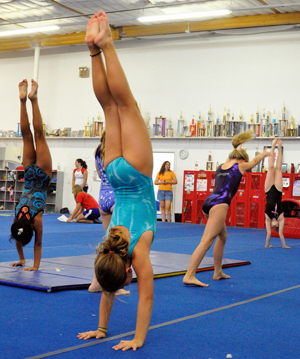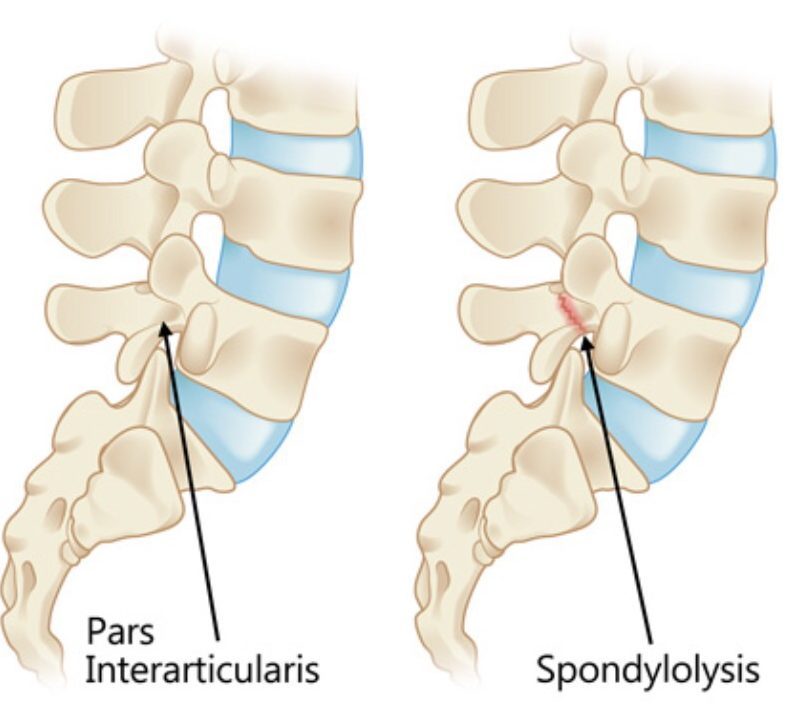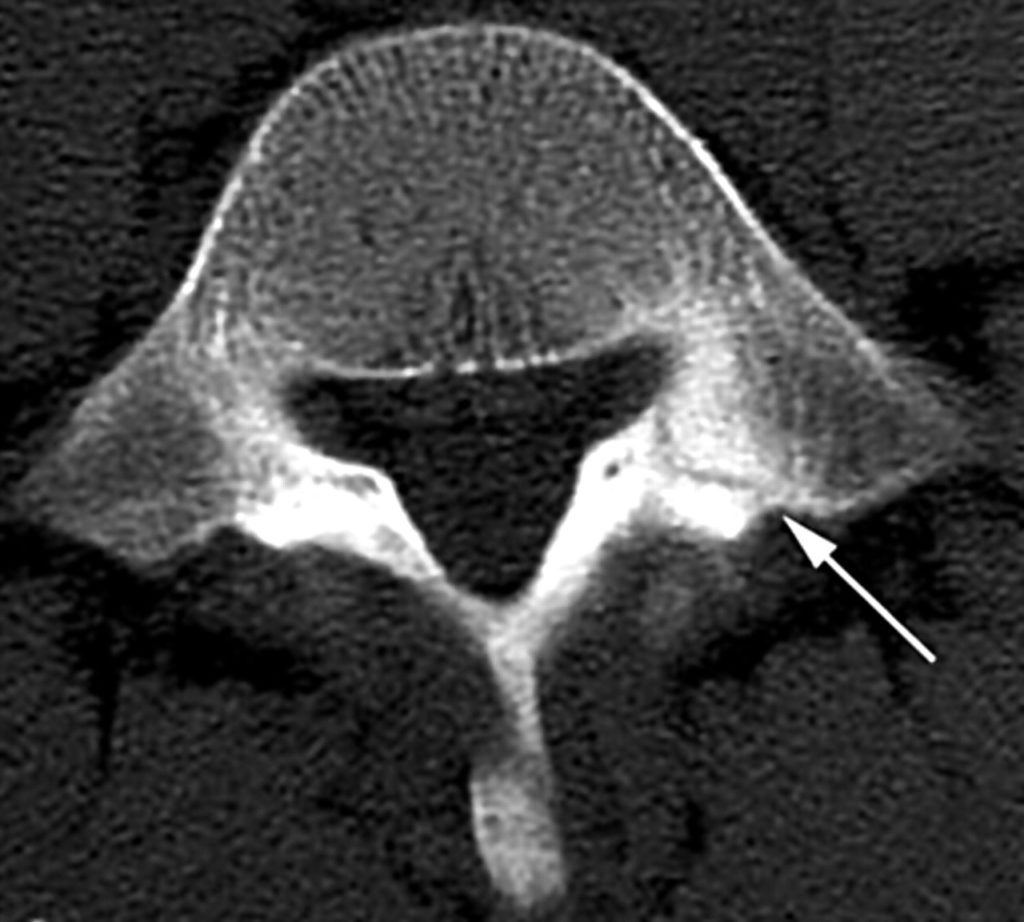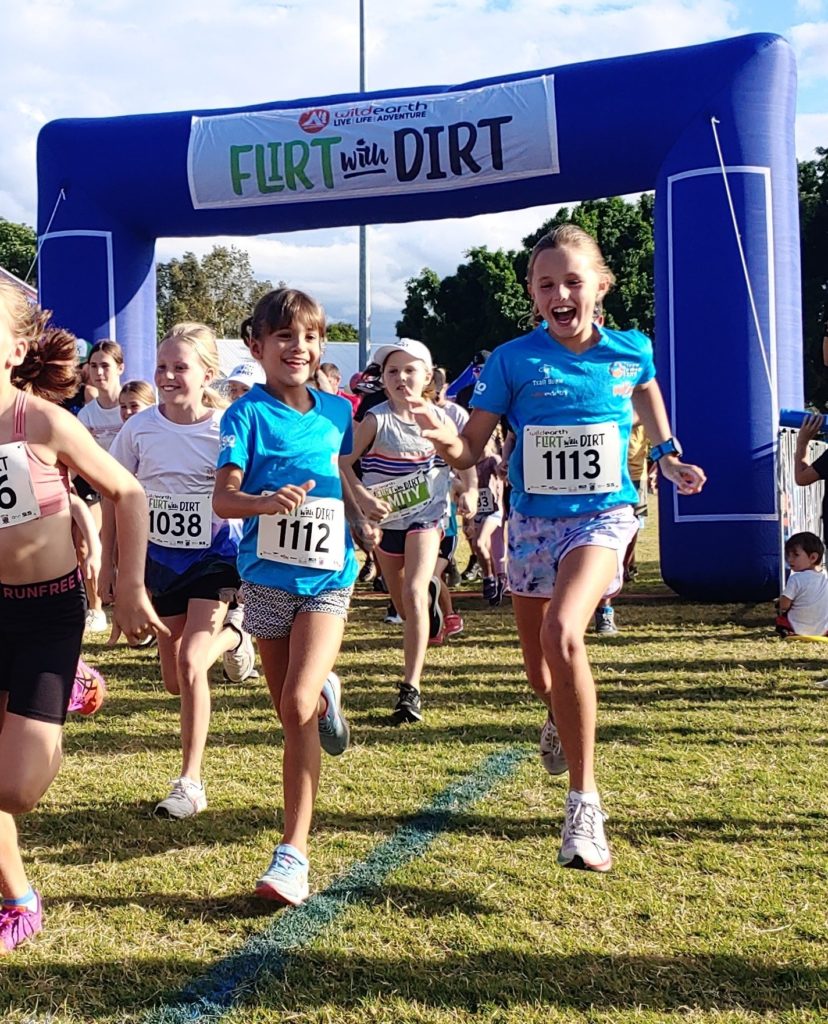Should you be worried if your child complains of Low Back Pain: About Adolescent Back Stress Fractures
By Physio Sammy Yeung
 Has your little one been complaining about back pain that has been lingering around for a couple of weeks?
Has your little one been complaining about back pain that has been lingering around for a couple of weeks?
Perhaps they have complained about it in the past but this time seems not to be going away or lasting a bit longer?
The spine is a complex area and back pain can originate from multiple regions and caused by various reasons, however Lumbar (Low Back) spondylolysis, or stress fractures of the vertebrae in the low back is a cause of lower back pain that is relatively common amongst young athletes participating in sports, particularly those requiring repetitive Back bending motion (e.g. gymnastics, dancing, football, tennis, overhead sports). And it is a diagnosis that we do not want to miss due to the potential long-term consequences!
What is a pars stress fracture and spondylolysis?
 Lumbar spondylolysis is pathological (abnormal) bony stress that is reactive to forces and occurs to one side (or both) of part of the bony vertebrae- an area called the ‘pars inter-articularis’. This is the region where vertebrae are connected at each level of the spinal column.
Lumbar spondylolysis is pathological (abnormal) bony stress that is reactive to forces and occurs to one side (or both) of part of the bony vertebrae- an area called the ‘pars inter-articularis’. This is the region where vertebrae are connected at each level of the spinal column.
This condition is in a spectrum ranging from bone stress reaction (think bony bruising), to stress fracture and if not managed appropriately, to a spondylolisthesis, which describes the slippage of one spinal segment on another due to its inability to maintain the proper position.
These bony changes occur in response to repetitive stress and overuse that characterise many sports that require back extension (or backwards bend) repetitively. In addition, young athletes may develop postural and movement compensation as a result to this that contribute to further lower back pain.
Signs and Symptoms
Common symptoms of lumbar spondylolysis include lower back pain that feels similar to muscle strain and excessive muscle tightness, that may or may not radiate to the buttocks and/or down the thighs, which are worsen with activities and improve with rest. Usually discomfort or pain is worse with provocative sports, activities (cricket bowling, running with poor form, repeated handstands or back walkovers, fly or breaststroke or kick sets swimming to name a few) or extension postures (lying on your tummy or standing still in one spot for some time).
Young athletes may also report back stiffness and difficulty with standing, sitting upright and walking and aching at night in progressive cases.
This area of the bony vertebrae is exposed to a lot of stress in the spinal column on a day-to-day basis and does not always have excellent blood supply to support rapid healing, so without early diagnosis and appropriate management, there are cases when this bony stress fracture does not heal fully. Rather than healing the stress fracture with bone, in some cases where management is incorrect, the fractures heal with a fibrocartilage, which is unfortunately never as strong as the original bone and may need on-going management and/or some modifications.
The Good News is….
 While these injuries are slow to rehab with timeframes often 10-16weeks of significantly impaired sport & activities, the Good news is it has been found that over 90% of sporting adolescent with spondylolysis or low grade spondylolisthesis (slippage) who were treated conservatively with Physio & Rehab return to full sports participation, without symptoms.
While these injuries are slow to rehab with timeframes often 10-16weeks of significantly impaired sport & activities, the Good news is it has been found that over 90% of sporting adolescent with spondylolysis or low grade spondylolisthesis (slippage) who were treated conservatively with Physio & Rehab return to full sports participation, without symptoms.
Following accurate diagnosis via clinical examination and possible imaging investigation (MRI is preferred plus or minus CT scan), progressive rehabilitation program is commenced immediately. This will commonly involve a period of relative rest from the sports, where your physiotherapist may provide you with suitable cross-training options to maintain your aerobic fitness.
How can Physio help?
Your physiotherapist will examine and identify reasons that have contributed to the overload of the injured spinal region, such as errors in sporting techniques, training load and inadequate nutrition to help build an individualised treatment pathway.
Treatment may include specific graded core exercises that will be prescribed to allow the young athletes to gradually build their trunk control from simpler tasks to more dynamic and complex movements that mimic their specific sports; progressive strengthening exercises to maintain or re-establish strength specific for the athlete; structured return to play plan (e.g. amount of backspring per week or amount of sprinting mileage per session); and appropriate referral to other professionals to collaboratively manage this longer haul rehabilitation (e.g. sports psychologist, sports dietitian).
 Your physiotherapist may also work alongside with your coach to make sure any potential technical or training errors are addressed prior to full return to sports to minimise your risk of re-injury.
Your physiotherapist may also work alongside with your coach to make sure any potential technical or training errors are addressed prior to full return to sports to minimise your risk of re-injury.
So, if your young athletes have been complaining about their lower back pain for over 2 weeks, it is time to get it assessed to clarify their diagnosis and make sure they are on the right treatment pathway to allow them to continue enjoying their sports in a long run.
Book a Sports Physio appointment today www.mygcphysio.com.au or phone us on 07 55006470.
